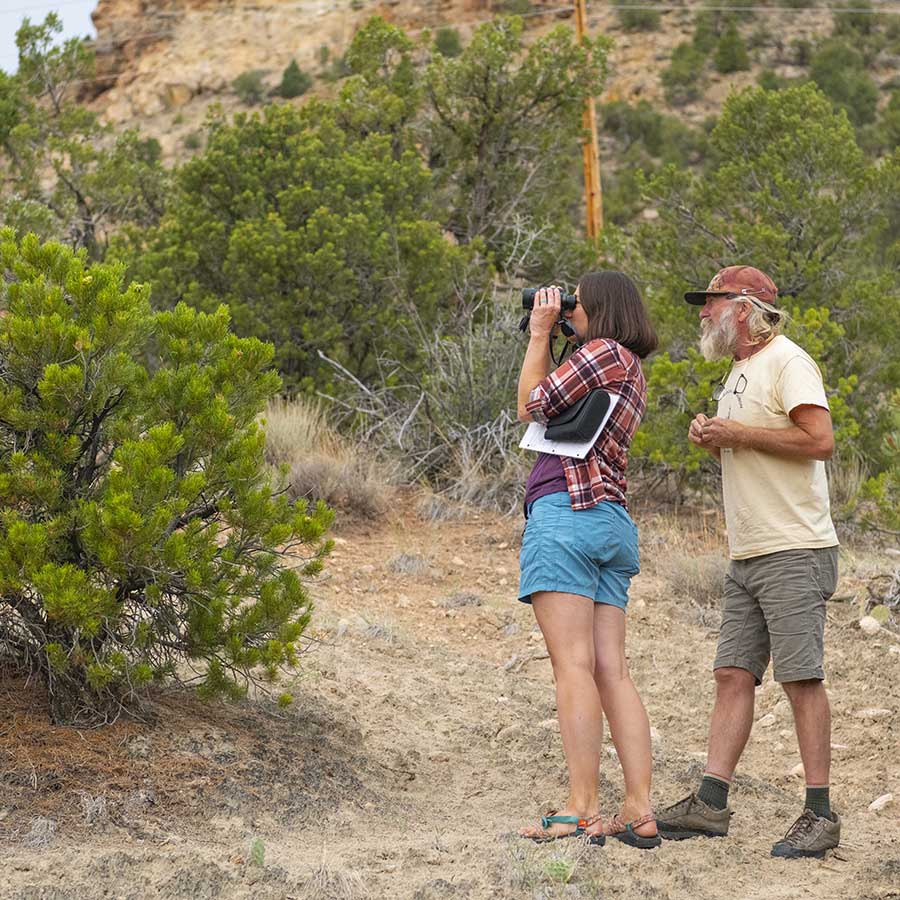
About Us
We are dedicated to making sure the region’s natural wonders, communities, and cultures thrive. We’re in it for the long haul, and we hope you are too.
Safeguarding the wonders of the Grand Canyon and the Colorado Plateau since 1985
The Grand Canyon Trust advocates for healthy land, water, air, and communities in Arizona, Utah, Colorado, and New Mexico.
From the depths of the Grand Canyon to the halls of Congress, we employ creative approaches to conservation and environmental justice across the Colorado Plateau. We collaborate with scientists and federal agencies, listen to and take direction from Native communities, mobilize advocates and volunteers, and achieve lasting results.
We are trustworthy advocates for the Grand Canyon
We are advocates, scientists, lawyers, policy experts, community activists, communicators, educators, and more. We show our love for the Grand Canyon and the Colorado Plateau every day through our commitment to our work and each other.


We stand behind tribes and respect tribal sovereignty
The Colorado Plateau is comprised entirely of ancestral homelands. We support the rights of the region’s Native peoples, stand behind tribes as they reclaim the authority to manage their ancestral lands, and help find resources to fund the initiatives they develop.
We build broad public support for change
Our best work is done in partnership, and we rely on supporters across the country to safeguard the Grand Canyon for generations to come. We work with diverse partners, span political divides, and invite everyone to stand up for the places they love across the Southwest.
We are better together. Will you join us?


We are a leading voice in conservation
Our steady advocacy for clean air, flowing rivers, and healthy communities has helped to dampen noise pollution over the Grand Canyon, remove uranium tailings leaching into the Colorado River, and lead the country’s largest forest restoration project.
We live and work in Arizona, Utah, Colorado, and New Mexico
The Grand Canyon Trust is a regional conservation organization rooted in the deserts, mountains, and canyons of the Southwest. Our staff live and work in the communities we serve and are deeply invested in protecting our shared home.

The Grand Canyon needs you
Will you help protect the Grand Canyon from threats like uranium mining, dams, mega-resorts, and groundwater depletion?
The Grand Canyon Trust is committed to justice, equity, diversity, and inclusion at every level of our work.
The conservation field and the Colorado Plateau have their own histories of racial injustice and exclusion and as a largely white organization, we know we have work to do. We are actively working to make the Grand Canyon Trust and the conservation field more just, equitable, diverse, and inclusive.
Read the Grand Canyon Trust’s justice, equity, diversity, and inclusion statement
On the blog
Get the latest news


